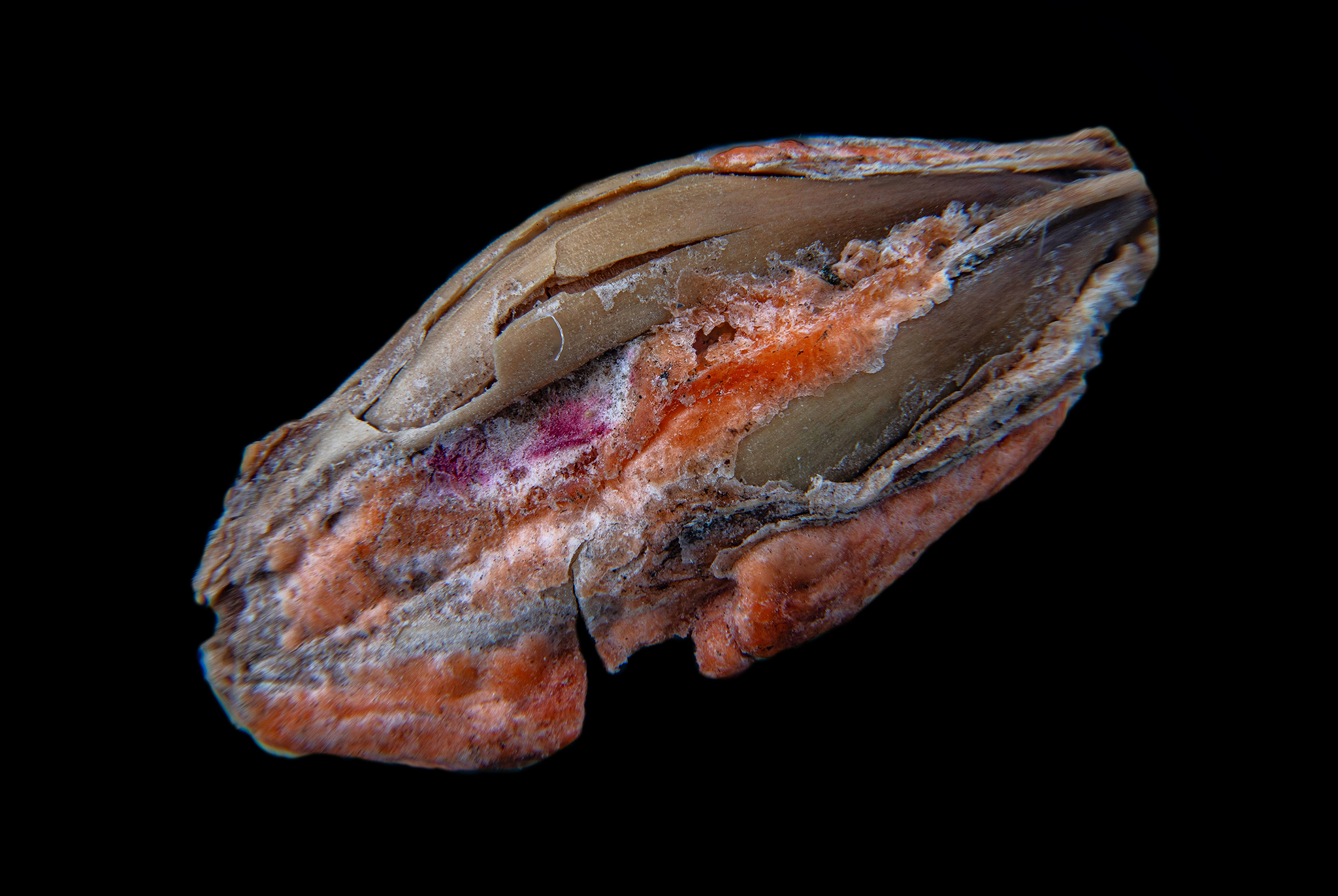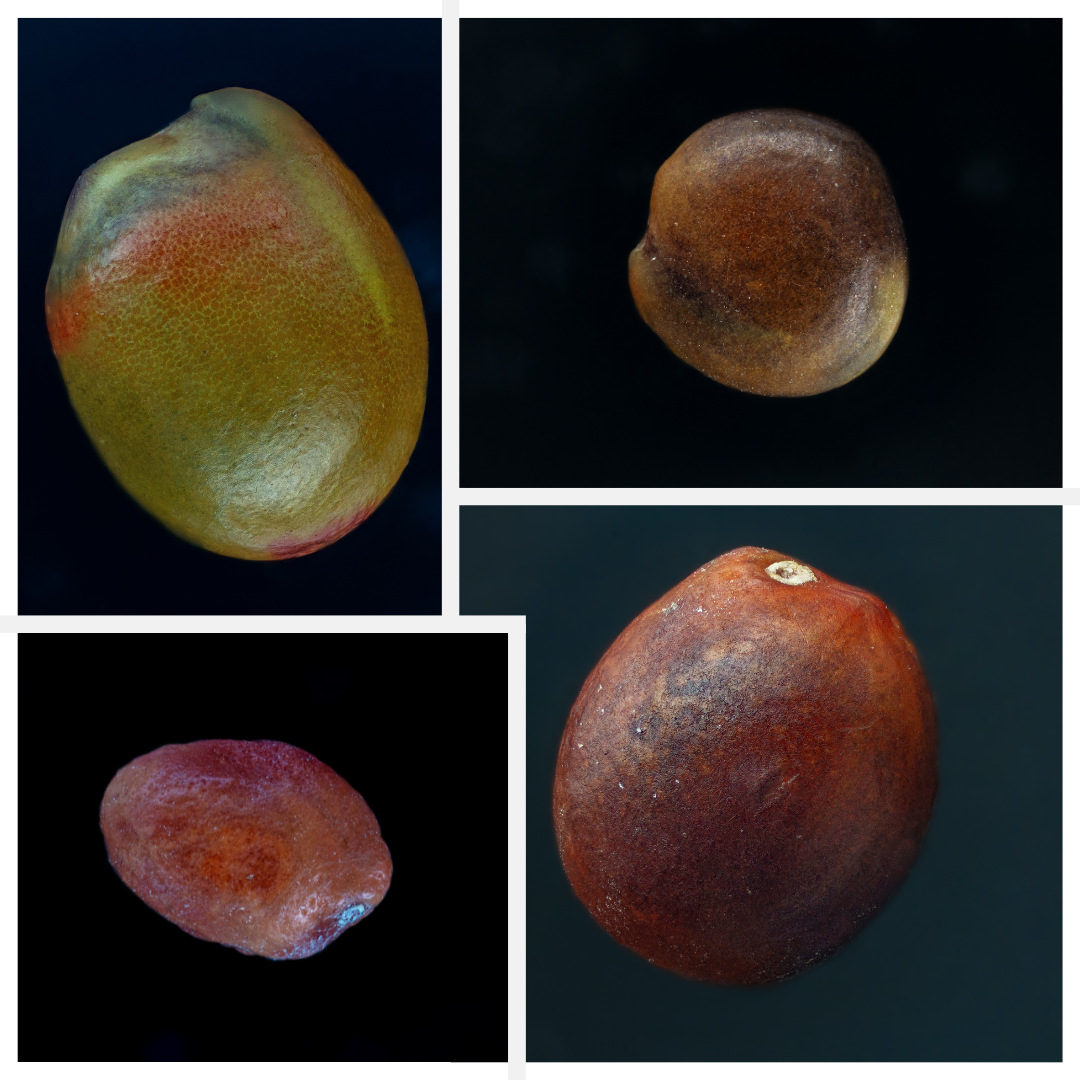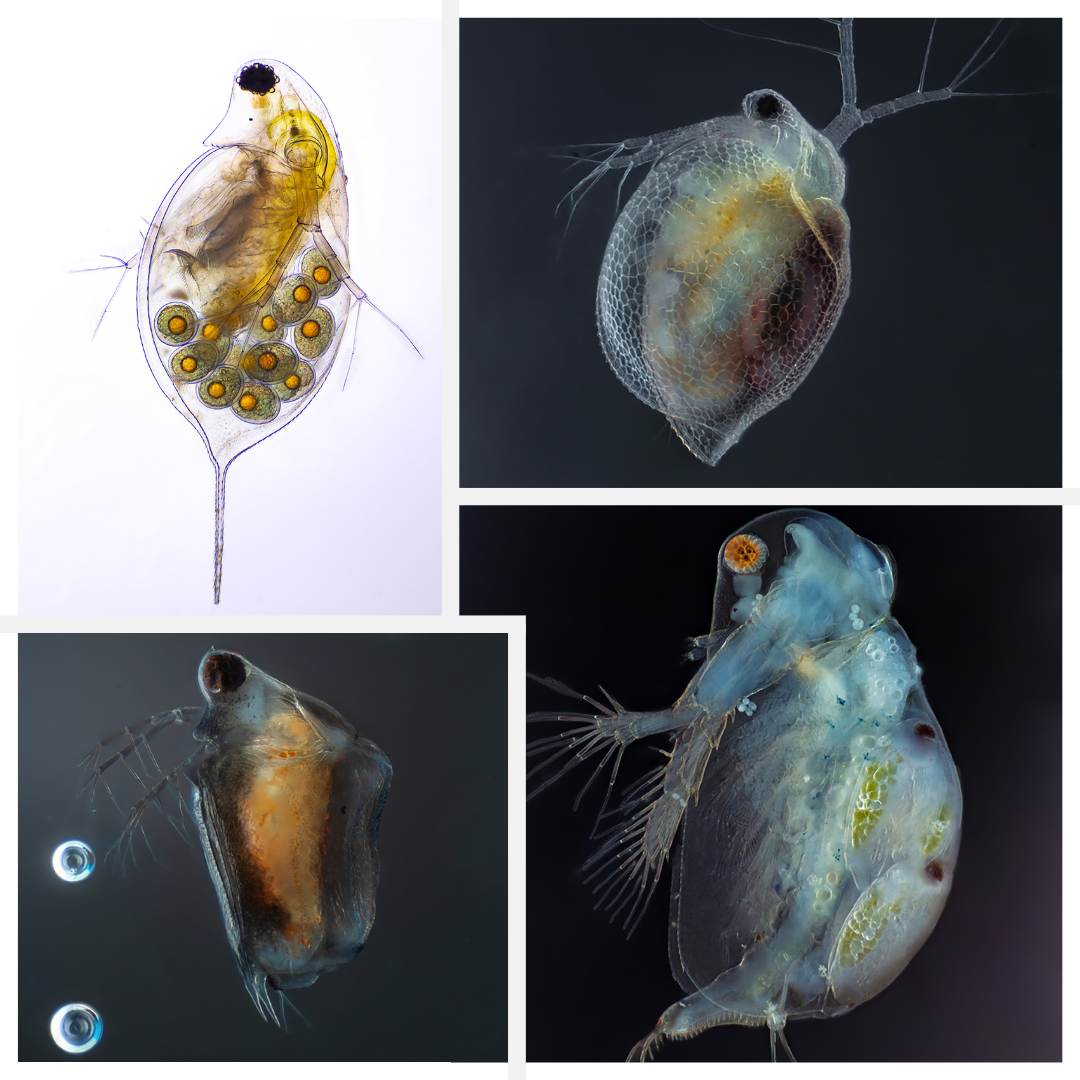
Your object of interest under the microscope
Do you have an object you'd like to examine more closely? Something so small that you can't see all the details with the naked eye? Using our microscope and photography equipment, you can discover a fascinating world that would otherwise remain invisible.
The world under the microscope is amazing – the photography possibilities are nearly limitless! We've created microphotographs for both scientific institutions and businesses: we've captured everything from intriguing plant seeds to grains of sand for detailed analysis. Under our microscope, we can photograph various microscopic life forms, plant parts, tiny insects, crystals, and different materials and surfaces.
Before placing an order, we strongly recommend getting in touch with us to discuss whether and how we can best capture your desired object. While there are many possibilities, please note that achieving high-quality images at certain magnifications can be technically challenging.
Write to us about what you'd like to photograph, and we'll provide you with an expert assessment! All photographs can also be provided as high-quality prints if desired – they're perfect for decorating your office or home, or for use as educational materials.
Below you'll find some examples of what we've photographed, as well as a contact form through which you can reach out to us if interested.
Wheat grain with fungal disease
In the photos you can see a grain of wheat with the fungal disease Fusarium wilt caused by Fusarium spp. In the photo, the disease is recognizable as pink spots on the grain.


Trifolium resupinatum L
The photos show Persian clover seeds, which are known for their diverse appearance. What makes these plant seeds special is the variation in their shapes and color tones – while some seeds show subtle differences, others can be completely unique. Some seeds are more rounded, others more oval, and their colors range from green to various shades of brown. This natural diversity makes Persian clover seeds particularly interesting and worthy of attention among plant growers and botany enthusiasts.
Hepatica uterus
This is a detailed macro photograph of a hepatica pistil, which is covered in fine hairs. The pistil is greenish in color and cone-shaped. The hairs are light, almost transparent, and densely surround the stigma. The hepatica's pistil is an essential part of the plant's reproductive organs, where fertilization takes place and the seed develops.
%20copy.jpg)

Water fleas
Water fleas are tiny crustaceans (usually less than 1 mm in size) that can be found in almost all water bodies. Although their name contains the word "flea," they are not actually related to fleas but belong to the crustacean family. Water fleas play a crucial role in aquatic ecosystems, as they feed on algae and other plankton, thus helping to maintain water quality. At the same time, they serve as an important food source for fish. They could be called the "cleaners" of water bodies, as they help keep the water clean and transparent.
The pictures show the following water flea species: Daphnia, Ceriodaphnia, Common Water Flea (Scapholeberis mucronata), and Crystal Water Flea (Sida crystallina).
